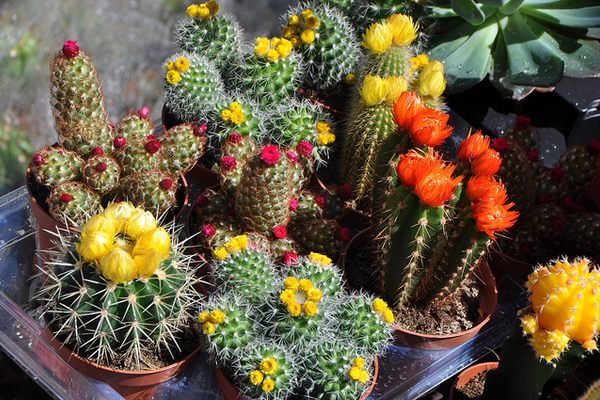About
Shanghai epitomizes high-falutin internationalism, while simultaneously adhering to Chinese tradition. Traditional xialongbao, Shanghai soup dumpling shops are made modern by ¥80 cocktails. Well-designed parks of Zen impeccability play host to women in white linen pantsuits and their designer toddlers.
But it’s hard to make Shanghai’s Flower, Bird, Fish & Insect Market either international or high-falutin. If you want old school — really old school — China, this is where to go.
When you first walk into the market through a small corridor packed with people, you’ll hear a cacophony of cats meowing, birds calling, and dogs barking, which of course, seems par for the course in any pet shop around the world. But as you walk through the narrow alleyways that make up the market and poke your head into the individual stalls, you’ll see shell-less turtles trying to crawl from their tanks, pink, naked-looking frogs splashing in their tiny fish bowls and wire-caged chinchillas looking particularly shell-shocked.
Like many things in China, the market makes for a complete sensory overload. Perhaps most overwhelming is the multiplicity of crickets for sale; you can buy them in small paper boxes, plastic canisters, tiny little cages with wire doors or, most popularly, in wicker, circular baskets. If you don’t know Chinese lore, crickets bring good luck, but they also can carry an extraordinary price tag — some go for $1000 or more. Cricket fighting is a big deal in China, and a well-raised cricket can be a gem to the lucky purchaser. Most of the crickets in this market, however, are lucky souvenirs and can purchased for under ¥30.
For animal lovers, the market can be a depressing sight. Forlorn-looking dogs peer listlessly at passersby and kittens crawl over each other in too-small plastic cages. You’ll wonder about some of the exotic-looking frogs or turtles, questioning whether the cards hold futures as beloved pets or as the next dinner entree at the traditional restaurant down the street. Forgive the cliché, but birds in cages, especially cages stacked one on top the other in a multiplex of tiny bird cells, can be rather disheartening.
Still, if you want to see one of China’s famous (and sadly, fast-disappearing amidst rapid modernization) traditional markets, this is one of the more unusual examples.
Related Tags
Know Before You Go
Exit at the Laoximen Subway Station. Across the street from the market is more visible Dongtai Antiques. Cross the street and look for the narrow entrance between two shops--spotting the crowd of people carrying pets is the key.































